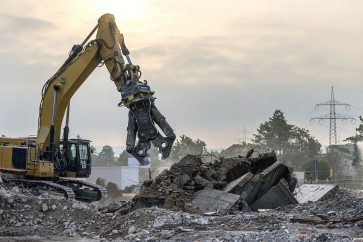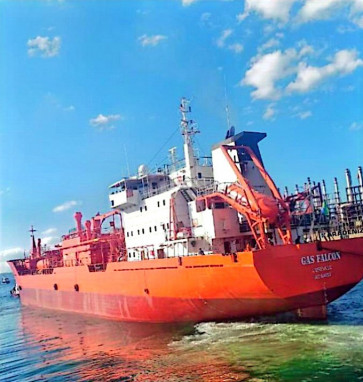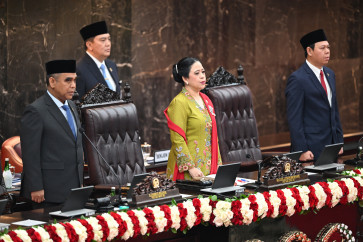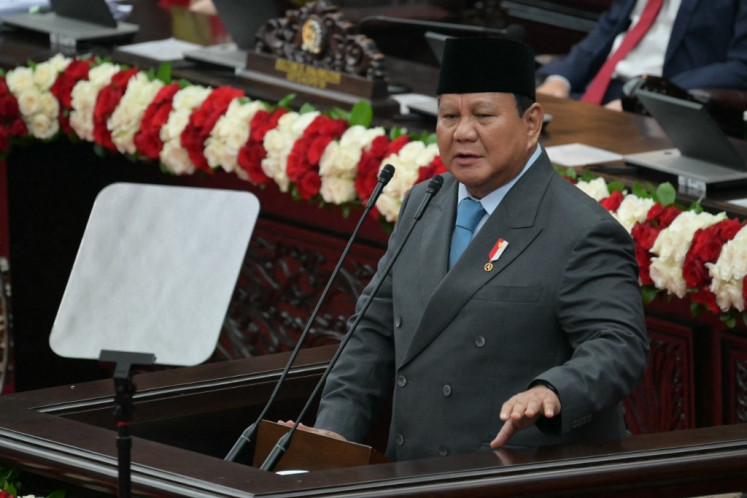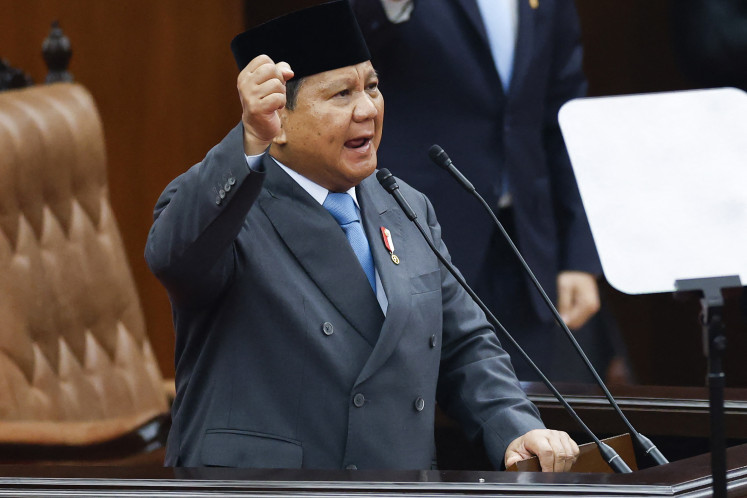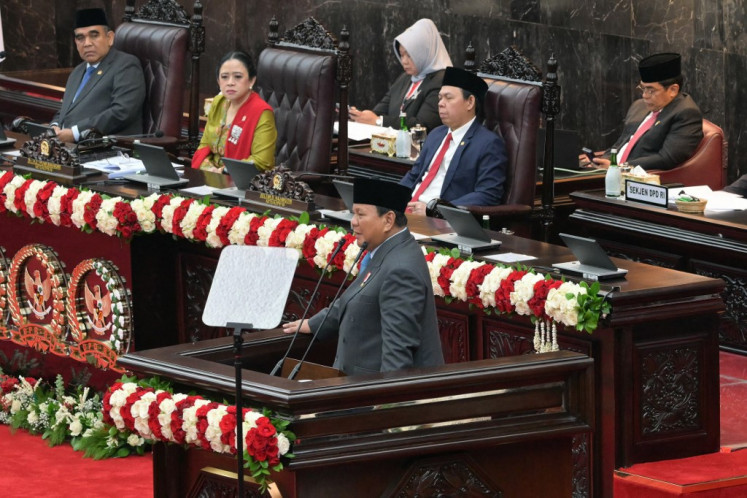Popular Reads
Top Results
Can't find what you're looking for?
View all search resultsPopular Reads
Top Results
Can't find what you're looking for?
View all search resultsConstant demand keeps fake drugs in the market
The risks of counterfeit drugs have apparently failed to drive people away from buying them
Change text size
Gift Premium Articles
to Anyone
T
he risks of counterfeit drugs have apparently failed to drive people away from buying them. With consistent demand the circulation of fake drugs remains unchecked, an official recently said.
Erita Harun from the United States Department of Justices’ International Criminal Investigative Training Assistance Program (ICITAP) Indonesia, said that raids have proven that Indonesia was a haven for counterfeit drugs.
“There are gaps [in the pharmacy industry] that can be used by those producing fake drugs, such as gathering used packets to be refilled [by bogus products],” she said in Jakarta during a lecture on intellectual property rights.
Erita said that high demand is part of the reason why illegal drugs are still very common in Indonesia.
Panji Pragiwaksono from the Community for Children with Cancer (C3) said that parents of children with cancer often resorted to drugs that were cheaper but “shady”.
“They were told that [the drugs] were the same, but some brands were more expensive than others and they believed this. When the drugs don’t work, they would go to a dukun [traditional healer], and when that failed, they would go to the [C3] foundation but by that time some of the children were already more seriously ill,” he said.
Lucky S. Slamet from the Food and Drugs Monitoring Agency (BPOM) said that bogus drugs make up around 2 to 3 percent of the illegal drugs confiscated during regular raids conducted by 32 of its offices across the country.
“There were about 20 bogus brands,” she said.
In 2009 BPOM confiscated around 1,000 samples from locations notorious for selling illegal drugs. About 2 percent of these drugs were discovered to be fake.
Lucky said that taking fake drugs carried various risks. From a public health perspective, if a producer tries to copy an anti-dia-betic drug but only uses flour as the main ingredient, this may result in ineffective treatment, and even death.
During a raid, the agency discovered a counterfeit vaccine in the form of liquid containing mere electrolytes stored inside a used syringe sold as a new one. “There were blood specks on the needle,” she said.
Lucky said that typical drugs to be copied were painkillers and sexual performance enhancers.
Generic drugs offer alternatives for consumers who feel burdened by the high costs of proprietary drugs.
However, not all medicines have generic versions, Lucky said.
Furthermore, some people are lured by the combo of brand names and cheap prices, Health Ministry pharmacy and medical equipment chief Sri Indrawaty said.
“Some people still want to use branded medicine that have been used for a long time, but they still look for cheap prices, so they buy [those drugs] in non-official places,” she said
Lucky pointed out that places that officially sell medical products, such as licensed pharmacists, were usually free from counterfeit drugs.
— JP/Dina Indrasafitri


